Hydropower Reservoir Emissions
Hydropower Reservoir Emissions
Dams and reservoirs are not as clean, renewable, or as emissions-free as many of us have long believed!
Partnering with PhD students at the Virginia Scientist-Community Interface (V-SCI), Alabama Rivers Alliance has analyzed the net methane and carbon dioxide emissions of two of Alabama Power’s hydropower reservoirs using the G-res Tool. Developed by the International Hydropower Association and the UNESCO Chair in Global Environmental Change, G-res is a modeling tool for researchers and hydropower companies to estimate and report net emissions from reservoirs.
The web-based G-res model is free for personal use, but in order to publicly disclose our reservoir emissions modeling results using the G-res Tool, we went through the validation process and submitted all input data and sources for review by G-res Tool Expert Committee. You can find the validated G-res reports for each reservoir below. Validation acts as a stamp of approval attesting to the quality and rigor of the use of the tool and represents an independent verification of the results produced. Validation applies specifically to the tool’s use, not necessarily to project-specific input values.
NOTE: The G-res validations cover the total carbon footprint of each reservoir. G-res did not validate the “reservoir services allocation” portion of our analysis for either reservoir due to a lack of consensus on the various uses of the reservoirs. The allocation of emissions to hydropower presented in the V-SCI report were not validated by G-res but did use the same methods as described in the G-res User Guide.
TAKE ACTION TODAY to ask Southern Company to begin measuring, monitoring, and reducing its reservoir emissions.
Modeling Emissions Profiles of Weiss and Harris Reservoirs
V-SCI’s analysis shows that both reservoirs emit significant amounts of methane and would not be considered “clean” under the clean energy threshold proposed by Congress that would qualify a particular energy source as “clean” based on the amount of emissions produced per unit of energy.

Overview Report of V-SCI Findings
To understand the methods, data sources, and results for our analysis of Weiss reservoir on the Coosa River and Harris reservoir (also known as Lake Wedowee) on the Tallapoosa River, read V-SCI’s report, Reservoirs in Alabama are sources of greenhouse gas emissions. Please see the validation reports provided by the G-res Tool Expert Committee to see the list of inputs, predicated annual GHG emissions, changes in emissions over time, and total emissions footprint information for Alabama Power’s Weiss reservoir on the Coosa River. The G-res report breaks down methane (CH4) and carbon dioxide (CO2) emission into three different pathways: bubbling emissions, diffusive emissions, and degassing emissions.
Click the image below to read the Harris report. Click the image below to read the Weiss report.
VALIDATION
CLICK HERE to see our Completed Checklist for Validation of G-Res Results
VIDEO LIBRARY
The following three-part G-res Tool tutorial video series was created by V-SCI in partnership with ARA and with support from the Hydropower Reform Coalition. These videos will help you gain a basic understanding of the G-res Tool and how to find information needed to model the net carbon footprints of your local reservoirs, but please refer to the official G-res Guidance Documents or reach out to the G-res team for definitive answers to any questions about the modeling tool. Official trainings are also available through G-res by clicking here.
Overview of the Modeling
Explanation of the Model Inputs
Explanation of the Model Outputs
LEARN MORE + TAKE ACTION
TAKE ACTION: Ask Southern Company to Undertake an Assessment of its Reservoir Emissions!



